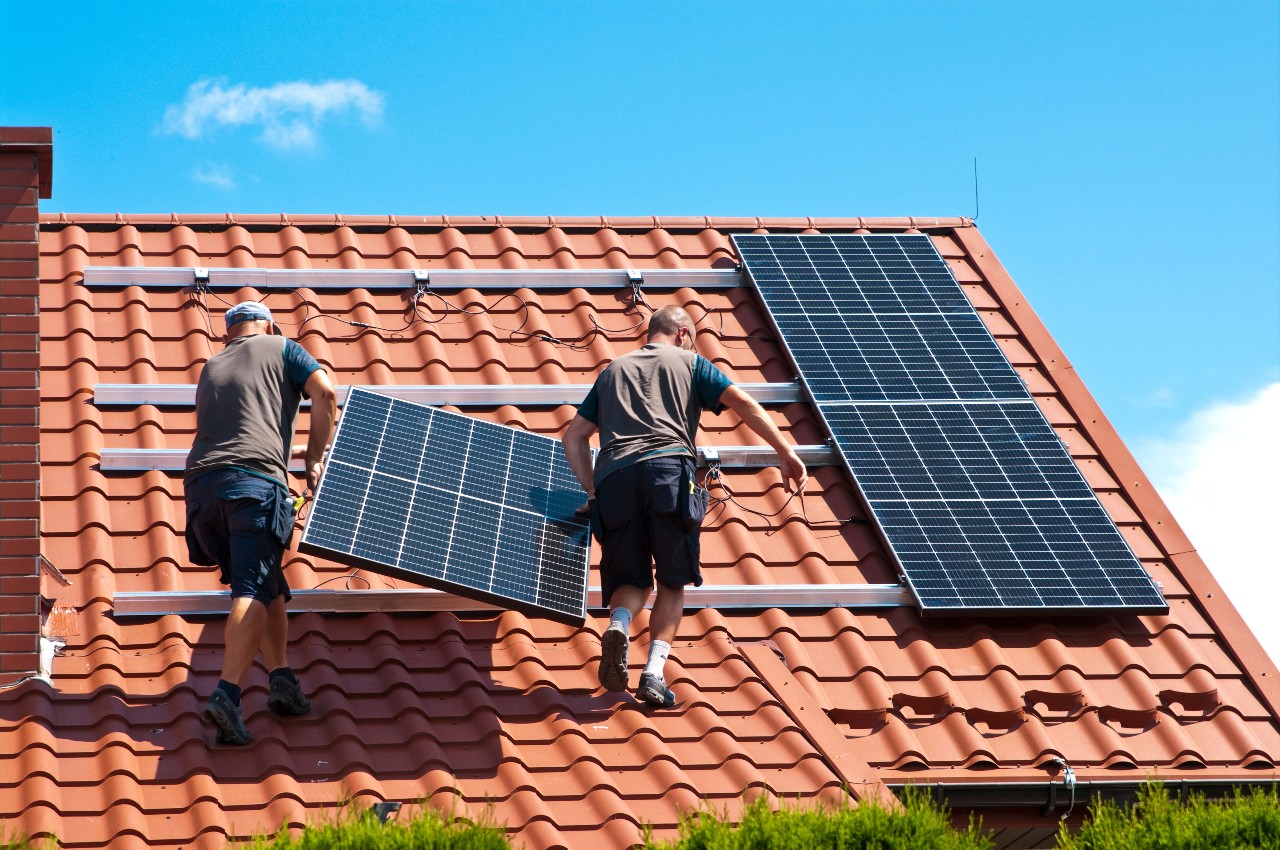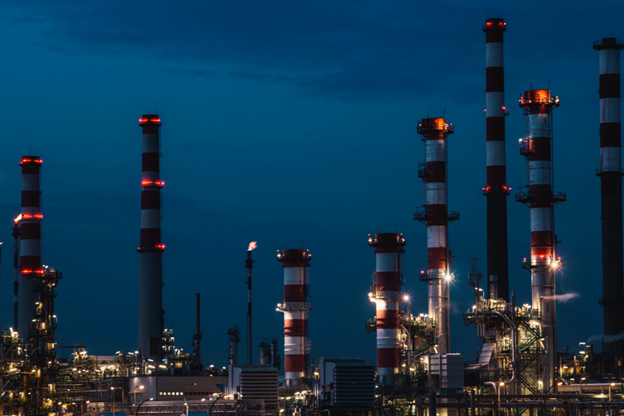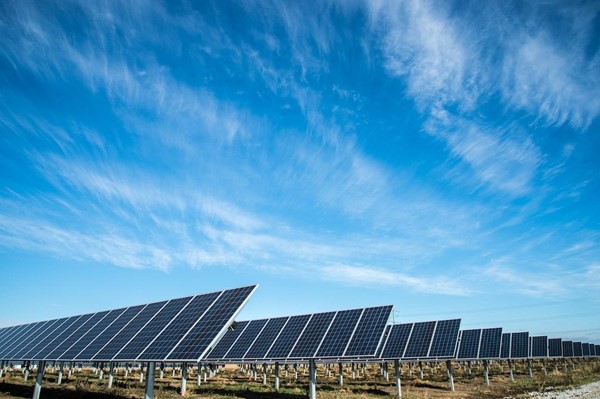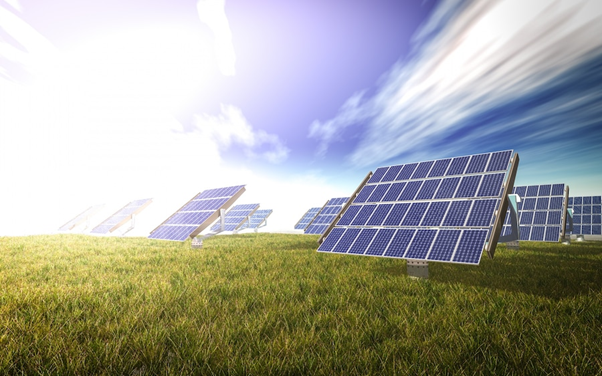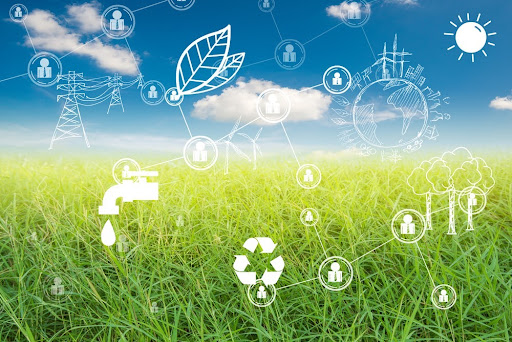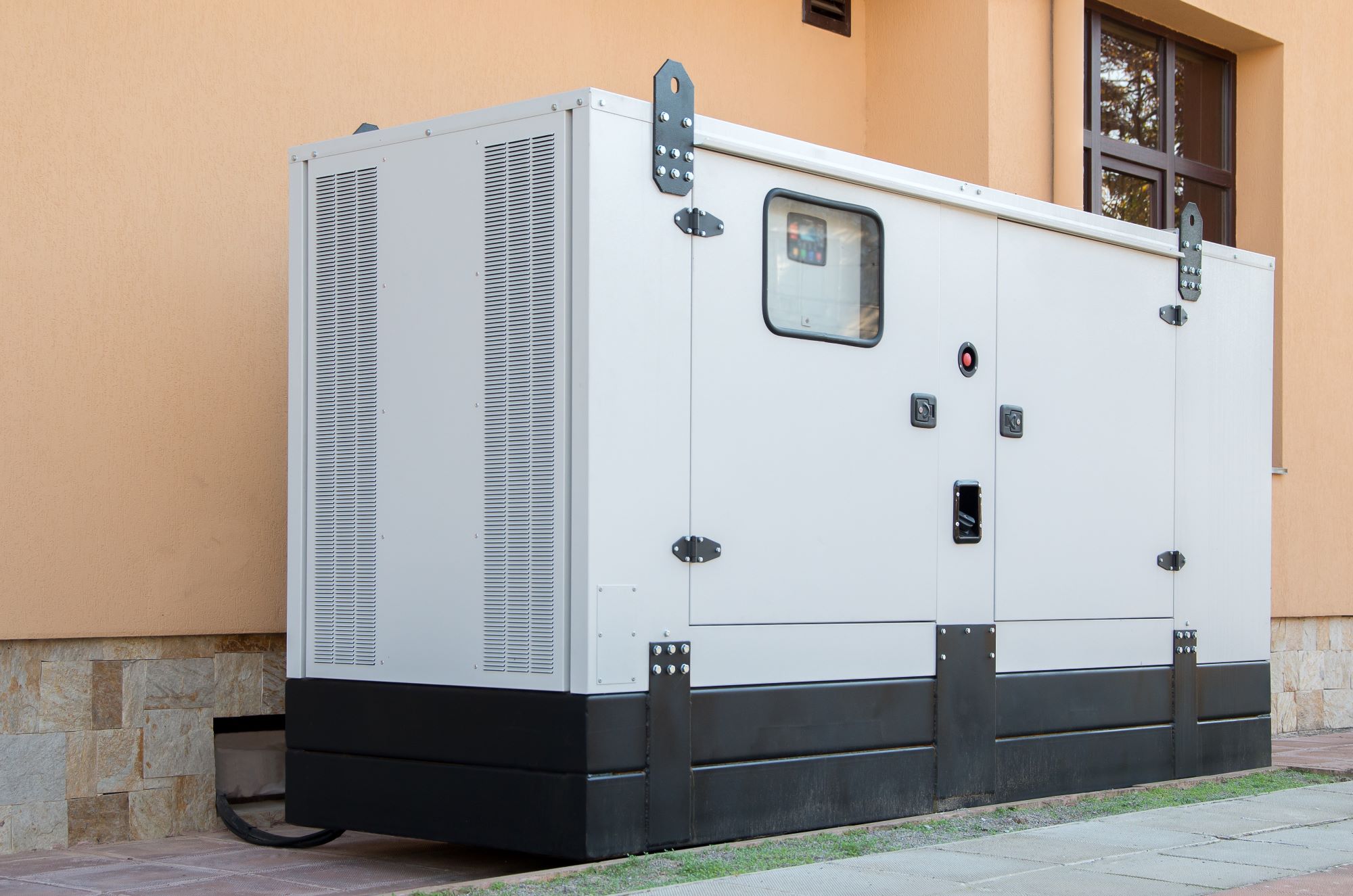Why Do Solar Farms Need Upgraded Security?
A widespread and well-founded belief is that solar farms will modernize the world’s energy infrastructure by making societies less dependent on outdated grids. They will also help people move toward a clean, renewable energy future.
However, people often overlook how solar farms need tighter security to function reliably. Solar farm cyberattacks have already occurred, and internet security practitioners expect the threat to remain. However, physical security issues exist, too. Here’s a closer look at security risks and why some individuals are not fully on board with the expansion of solar power.

Thieves recognize the value in solar farms
Thieves increasingly target solar farms to investigate safeguards and steal essential equipment. Solar equipment theft worries are not new. The Wall Street Journal covered the matter in 2009, noting how schools and wineries were among the victimized businesses. At that time, thieves would often steal installed solar panels overnight.
Solar farms are now widespread and have become popular targets due to the amount of equipment people could steal during a single visit. The Global Energy Monitor lists 6,139 operational solar farms worldwide as of January 2023. More than 5,200 others are in the construction and preconstruction phases.
Solar farms vary in size. One Scottish solar farm has 42,000 panels on the property, for example. Criminals that successfully target and steal equipment from large establishments could find it much more enticing than trying to pull off several smaller thefts. Solar farm robberies are not just theoretical events, either.
Three panels were taken from Caribbean solar farm
In August 2022, three solar panels were stolen from a farm intended to power an airport on the Caribbean island of St. Vincent. Those investigating the crime said someone drove a Jeep to the property to carry out the theft.
They also confirmed people had seen the same Jeep in the area several months earlier. That suggests the criminal scoped out the property to investigate the security measures, then planned the steps necessary to proceed with the theft.
Police recover hundreds of solar panels, issue warning
In January 2023, police released information about the recovery of several hundred panels taken from solar farms in the West Midlands region of the United Kingdom. At that time, law enforcement authorities from several local departments worked together to learn more about what happened.
However, they had not identified suspects. They did note that the solar panels came from several locations rather than one. Getting the panels back to the rightful owners could be tricky and take a while. Such goods are more challenging to trace and identify than products like cars and bicycles.
Stolen solar panel sparks police chase
Some thieves only try to take single solar panels. Such was the case in Leelanau County, Michigan. A police officer was doing a late-night patrol and noticed lights and unexpected activity at a solar farm under construction.
The law enforcement agent then tried to execute a traffic stop on a vehicle leaving the site that seemed full of construction materials. However, the driver and sole occupant fled on foot, and a two-hour search failed to find them. Further investigation showed one solar panel inside the vehicle. This example highlights how solar farms need tight security during operations and while under construction.
Supply chain backups make thefts more disruptive
Supply chain slowdowns may make it challenging to replace stolen items quickly. Installers and manufacturers must contend with fluctuating demand. For example, solar panels are more attractive when electricity bills are high. Panels businesses need often come from faraway countries. Thus, solar farm thefts are even more disruptive when it takes those affected a long time to replace what’s gone.
Panels aren’t the only things in thieves’ sights, either. A January 2022 incident in Wodonga, Australia, proves that. A man allegedly stole $130,000 worth of copper wire, tools and a vehicle from a solar farm. Such incidents could lengthen construction timelines, disrupting a project’s budget and schedule.
Disgruntled residents may threaten solar farms
Many people recognize the well-documented benefits of transitioning from fossil fuels. However, that doesn’t mean everyone is universally eager for solar farms to come to their areas. The owner of an army museum in North Yorkshire, England, is resisting a planned solar farm. He asserts that the site attracts approximately 130,000 visitors annually. The man believes the planned solar farm carries a fire risk and will cause noise pollution.
In 2021, a 58-year-old tenant cattle farmer learned he would be evicted from his land after the local council approved plans for a solar farm with 72,000 panels. The affected farmer kept 360 cows on the property and insisted people should not consider farmland for potential solar farms. Residents in Williamsport, Ohio, are also vehemently opposed to solar power on farmland and have come up against local elected officials because of that stance.
Some people take drastic measures to show disagreement when planned or functional solar farms drastically affect their livelihoods. Companies designing or operating solar farms must be aware of these threats and be appropriately proactive. Their actions will say a lot to the community and could sway opinions in their favor, especially if they are respectful toward concerned landowners.
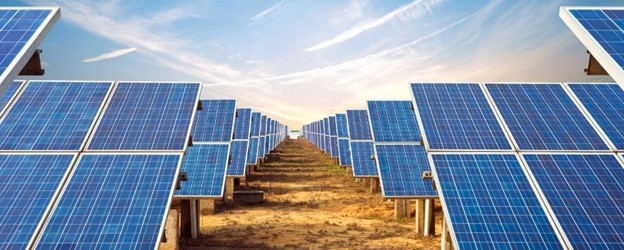
Cyberattacks could disrupt solar farm operations
Fortunately, cyberattacks on solar farms are not yet common. However, people are becoming more aware that the electricity grid must be reinforced against possible attack attempts.
In March 2023, the U.S. Senate Energy and Natural Resources Committee held a hearing to discuss the cyberattack risks facing the United States’ energy network. Also, cybersecurity experts commenting on a 2019 attack affecting solar and wind power assets warned to treat the matter as a wake-up call to tighten security and make it more consistent across sites.
Some experts point out that consumers can safeguard themselves against widespread grid attacks by using solar panels and battery backup systems. However, that doesn’t mean solar panels are hack-proof.
Researchers realize that, and some are actively working on projects to keep solar infrastructure safer. A University of Georgia team developed a system to detect real-time unusual behavior in power electronic converters used in solar panels. The innovation uses deep learning to differentiate between normal conditions, open-circuit faults, short-circuit faults and cyberattacks. The researchers believe this is the first time people have tried to screen for online-based risks this way.
Elsewhere, Iowa State University researchers are developing a physics-based system that uses artificial intelligence to protect the solar and wind power coming onto the grid. The U.S. Department of Energy supported this work with a three-year, $2 million grant. People working on this effort said using artificial intelligence would give electricity producers a clearer understanding of their systems. It would also allow them to mitigate and recover from attacks more efficiently.
Robust security keeps solar farms resilient
These examples highlight how the risks to solar farms come from the real world and cyberspace. However, assessing the biggest threats is the key to fighting them. Then, you can decide the most appropriate ways to tackle them and keep these systems safe.
That might mean having active defenses to detect intruders entering an online network, plus using perimeter security cameras you can monitor remotely. The best approach is usually to have layers to keep criminals out. Then, even if one of your methods fails, there will be several others to thwart the perpetrators’ efforts.

